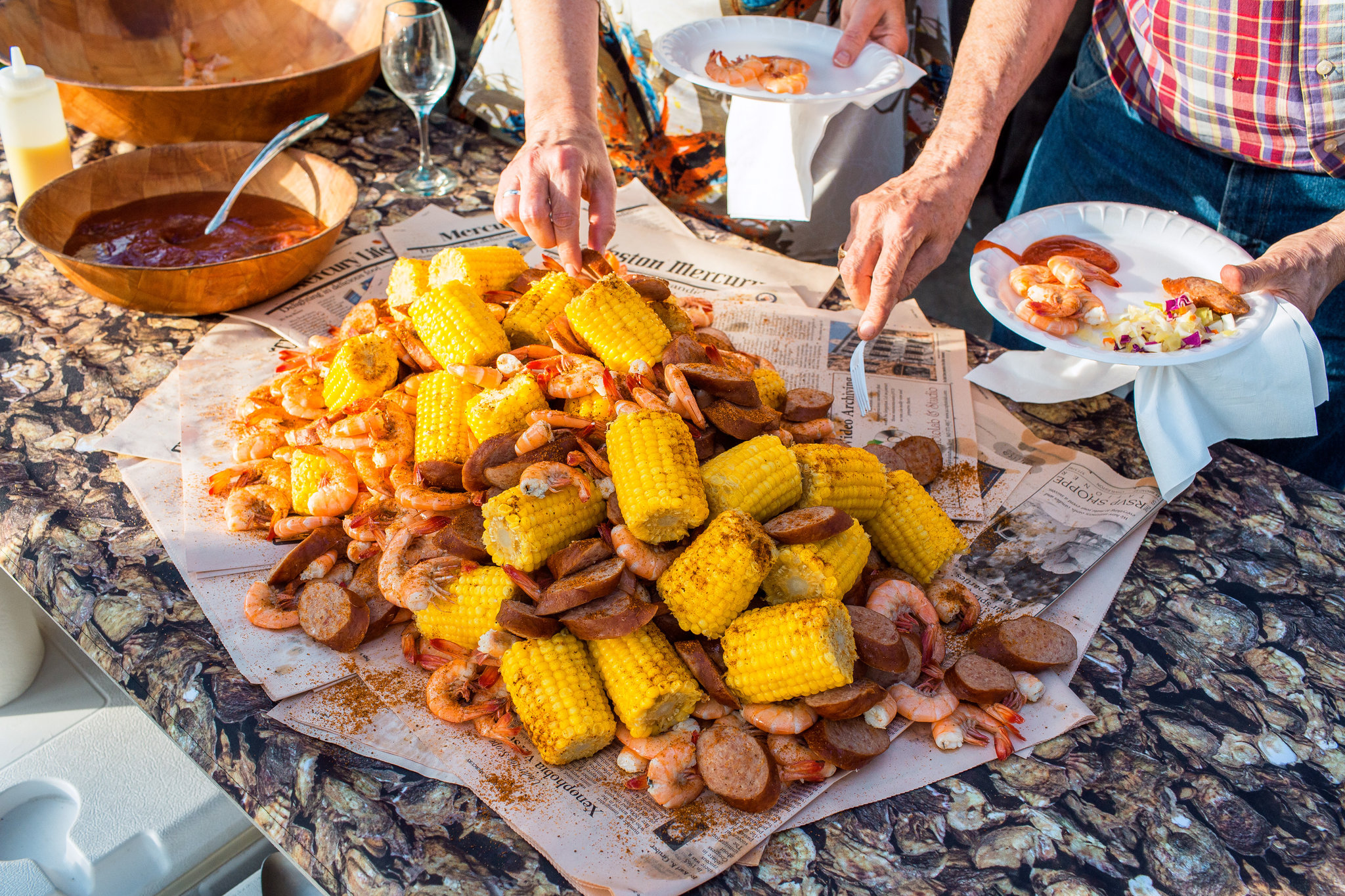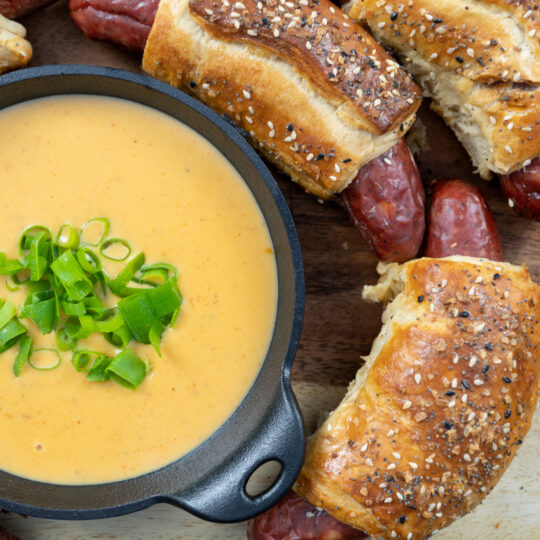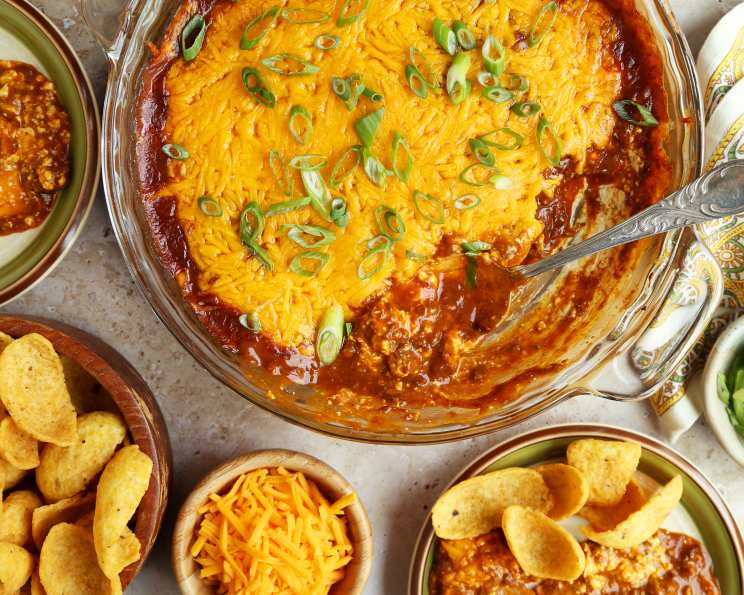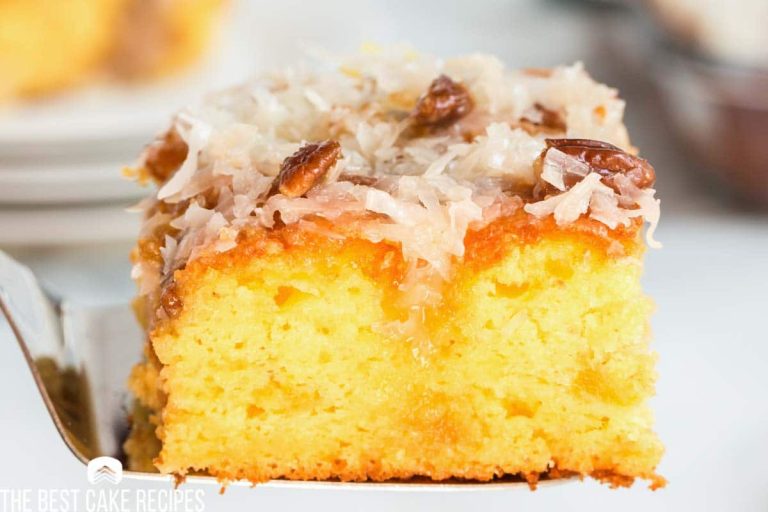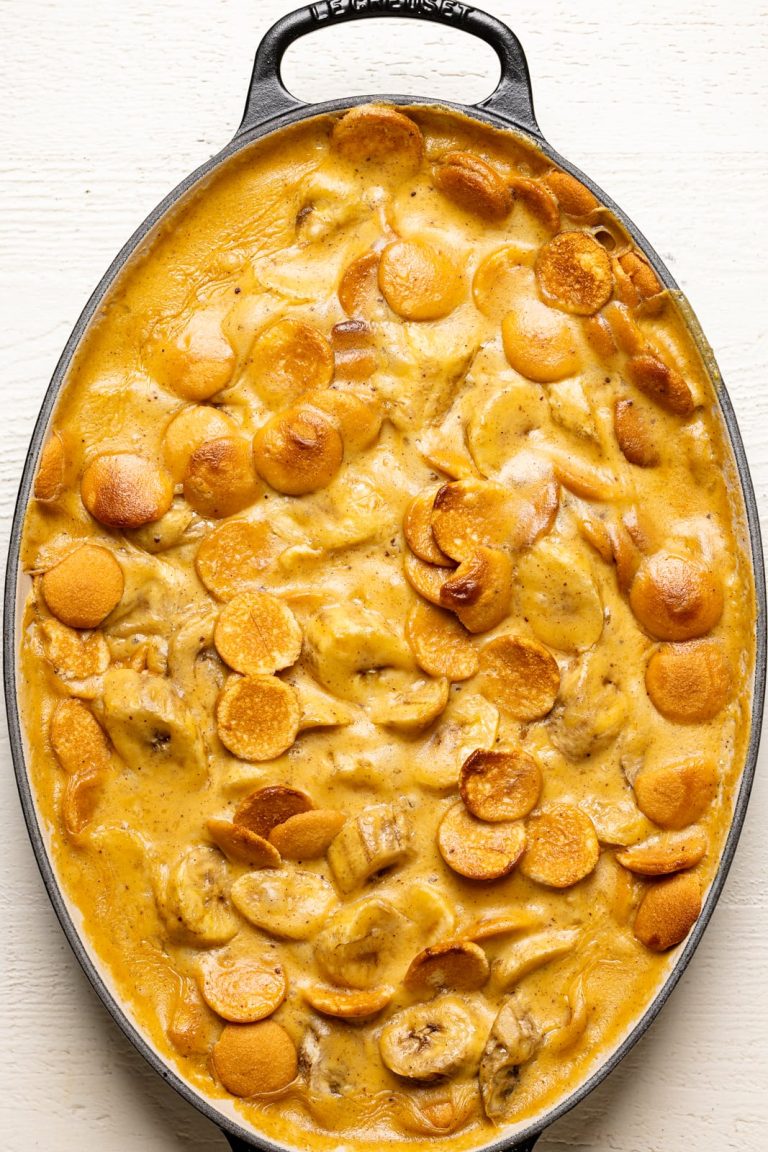Seafood Boil: History, Regional Flavors, and How to Host Your Own Feast
Seafood boils date back centuries, originating in coastal communities where fishing was a primary livelihood. These communal meals leveraged the bounty of the sea, featuring shrimp, crabs, clams, and other shellfish. The tradition gained cultural significance through its communal nature and the use of locally sourced ingredients. According to the Smithsonian, the earliest records of seafood boils in America trace back to indigenous tribes and their cooking methods. These gatherings not only provided sustenance but also strengthened social bonds and celebrated communal prosperity.
Regional Variations in the United States
In the United States, seafood boils vary significantly by region. The Gulf Coast, particularly Louisiana, is famous for its Cajun-style boils. These often include crawfish, corn, potatoes, and a variety of spices. In contrast, the Lowcountry Boil from South Carolina and Georgia features shrimp as the primary seafood, along with sausage, corn, and potatoes. New England boils, commonly known as clambakes, focus on clams, lobster, and sometimes mussels, accompanied by corn and potatoes. Each region uniquely approaches the seafood boil, adapting ingredients and methods to local traditions and available resources.
| Region | Primary Seafood | Common Ingredients | Unique Features |
|---|---|---|---|
| Gulf Coast | Crawfish, Shrimp | Corn, Potatoes, Sausage, Spices | Cajun Seasoning, Spicy Flavors |
| Lowcountry | Shrimp | Sausage, Corn, Potatoes | Mild Seasoning, Often Includes Sausage |
| New England | Clams, Lobster | Corn, Potatoes | Sometimes Baked, Often in Seawater |
These regional differences showcase how diverse and adaptable the seafood boil tradition is across the United States.
Key Ingredients in a Seafood Boil
Types of Seafood Used
Shrimp commonly star in seafood boils, complemented by crabs, lobsters, and clams. Blue crabs add sweetness, while snow crabs and Dungeness crabs offer different textures. Lobsters bring a rich, buttery flavor. Clams like littlenecks and steamers absorb seasonings well. Mussels and scallops sometimes enhance the mix. Each variety contributes its unique taste and texture.
Spices and Seasonings
Old Bay seasoning is a staple, blending paprika, celery salt, and mustard to create the base flavor. Creole seasoning, made with onion powder, garlic powder, and cayenne pepper, adds a spicy, bold kick. Fresh garlic and lemon slices provide zesty undertones. Adding bay leaves gives depth. Spice level customization is possible with the addition of extra cayenne or hot sauce. Corn on the cob and baby potatoes also absorb these spices, making them flavorful accompaniments.
Preparing a Classic Seafood Boil
Step-by-Step Cooking Guide
- Setup: Fill a large pot with water, sufficient to cover your seafood and other ingredients. Set it on high heat until it reaches a rolling boil.
- Season the Water: Add seasonings like Old Bay, Creole seasoning, garlic cloves, lemon halves, and bay leaves to the boiling water. Ensure the water is heavily seasoned; it should taste salty and spicy.
- Potatoes First: Add baby potatoes to the boiling water. Cook them for 10-15 minutes, or until somewhat tender.
- Add Sausages and Corn: Add sausages and corn on the cob next. Allow them to cook for another 5-7 minutes.
- Seafood Addition: Begin with the hard-shell seafood like crabs and lobsters, then add shrimp and clams last. Cooking times can vary: shrimp and clams typically take just 3-5 minutes.
- Check for Doneness: Ensure all seafood is cooked through; shrimp should be pink, and clams should open.
- Drain and Serve: Drain the contents of the pot and transfer everything to a large platter or newspaper-covered table for serving.
- Quality Seafood: Use the freshest seafood possible. Fresh ingredients make the flavors more vibrant.
- Even Cooking: Cut ingredients into similar sizes for uniform cooking. Potatoes, corn, and sausages should be chunked evenly.
- Adequate Seasoning: Season the water generously. The right balance of spices ensures that all ingredients absorb the flavors.
- Monitor Cooking Times: Seafood can overcook quickly. Be vigilant and remove components as they reach peak doneness.
- Presentation: Spread the seafood and vegetables out attractively on a large platter or directly on a laid-out table for a communal eating experience.
Popular Seafood Boil Restaurants
- Boiling Crab – Found in several states including California, Nevada, and Texas, Boiling Crab offers an extensive menu featuring shrimp, crab, clams, and crawfish. Their signature “Whole Sha-Bang” seasoning, combining Cajun, lemon pepper, and garlic butter, delivers a unique flavor.
- Hot N Juicy Crawfish – With locations in Nevada, Florida, and Washington, D.C., Hot N Juicy Crawfish specializes in customizable spice levels and sauces. They serve a variety of seafood including crawfish, shrimp, and blue crab, with popular options like Juicy Cajun and Extra Spicy.
- The Crab Shack – Located in Tybee Island, Georgia, The Crab Shack is famous for its Lowcountry Boil. This dish includes shrimp, potatoes, corn, and sausage, all seasoned with Old Bay and other spices. The restaurant’s waterfront seating enhances the dining experience.
- LA Crawfish – Operating in Texas, LA Crawfish combines Vietnamese flavors with traditional Cajun seafood boil techniques. Popular dishes include garlic butter crawfish and pho-crawfish soup. Unique offerings like crawfish and noodle bowls set this place apart.
- Angry Crab Shack – Found throughout Arizona, Angry Crab Shack lets diners choose from an array of seafood like Dungeness crab, king crab, and lobster. The restaurant’s Angry Crab sauce, blending Cajun, garlic, and lemon pepper, is a crowd favorite.
- Humpy’s Great Alaskan Alehouse – In Anchorage, Alaska, Humpy’s offers seafood boils featuring king crab legs, shrimp, mussels, and clams. Their Alaskan-inspired seasonings and proximity to fresh seafood ensure quality and taste. Pairing with local beers adds to the dining pleasure.
- The Boil – Located in New York City, The Boil serves Southern-style seafood boils. Options include snow crab, lobster, and crawfish, seasoned with a variety of spices. Their coconut-infused curry sauce provides a unique twist on traditional flavors.
By visiting these renowned establishments, you can experience diverse and flavorful seafood boils, each offering a distinct culinary twist reflective of their regional influences.
Essential Equipment
To host a seafood boil at home, start with the right equipment. You’ll need a large stockpot, ideally 30-quart or larger, to accommodate all ingredients. Choose a propane burner if cooking outdoors; it provides consistent heat. Use a strainer basket to easily lift and drain the seafood. Have a large table covered with newspaper or butcher paper for easy cleanup. Don’t forget a claw cracker and seafood forks for shelling crab and lobster. Stainless steel or wooden utensils are best for stirring and serving.
Planning and Execution Tips
Effective planning ensures a memorable seafood boil. Calculate portions by allowing about 2-3 pounds of seafood per person. Include a mix of shrimp, crab, clams, and crawfish for variety. Add corn, potatoes, and sausage for balance. Season the water generously with a seafood boil spice mix and add lemons and garlic. Cook potatoes and corn first since they take longer, adding seafood last to avoid overcooking. Lay the cooked seafood on the prepared table for a communal feel. Provide plenty of napkins, wet wipes, and beverages. Encourage guests to dig in and enjoy.
Conclusion
A seafood boil isn’t just a meal; it’s a celebration of flavors and community. Whether you’re savoring a Cajun-style feast or a New England clambake, the experience brings people together in a unique and memorable way. Armed with fresh ingredients and the right equipment, you can recreate this culinary tradition at home. So gather your friends and family, fire up that propane burner, and dive into a seafood boil that promises deliciousness and camaraderie.
